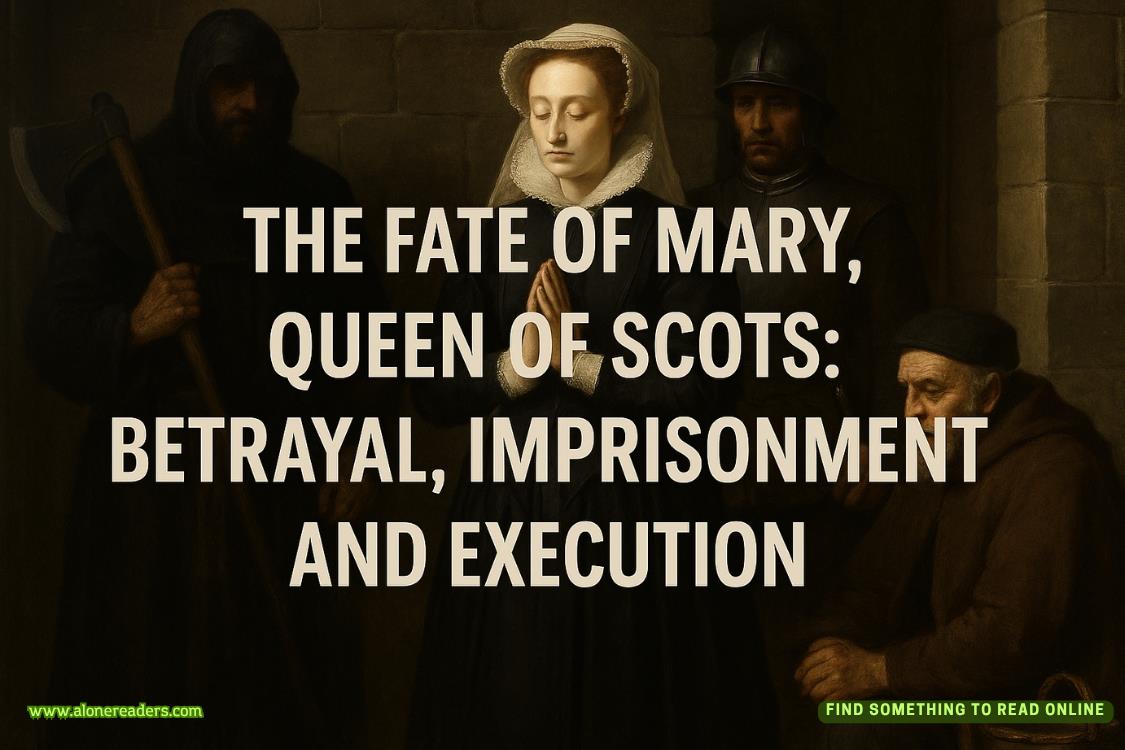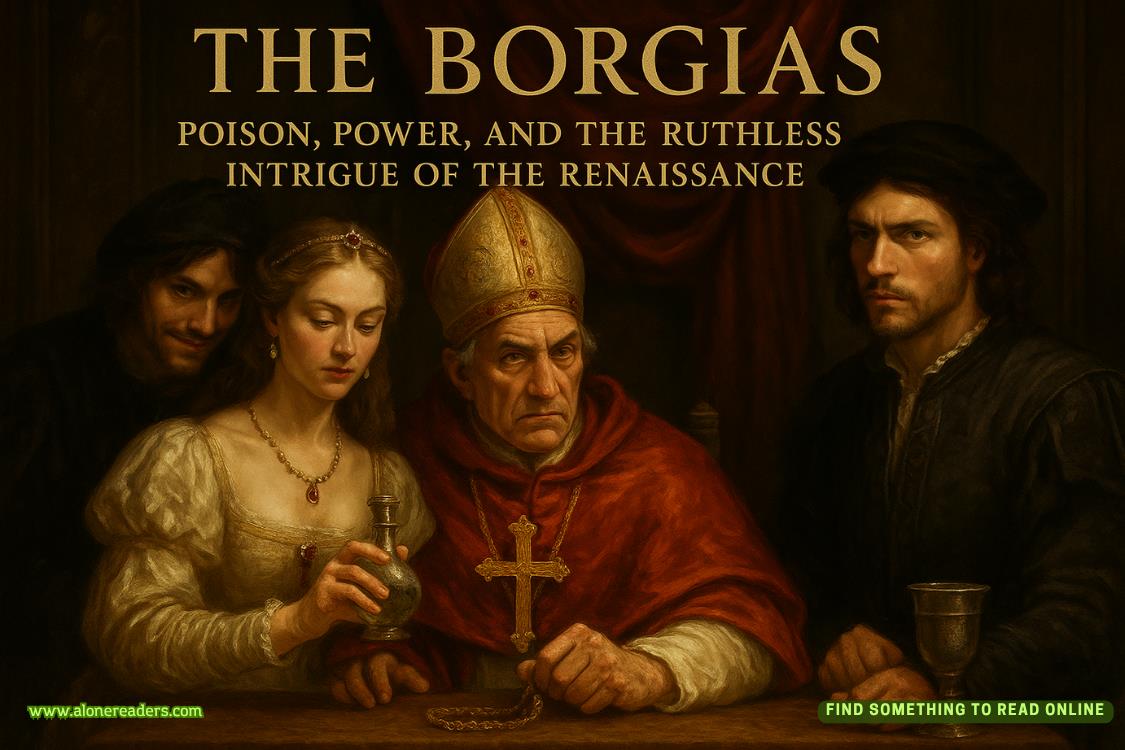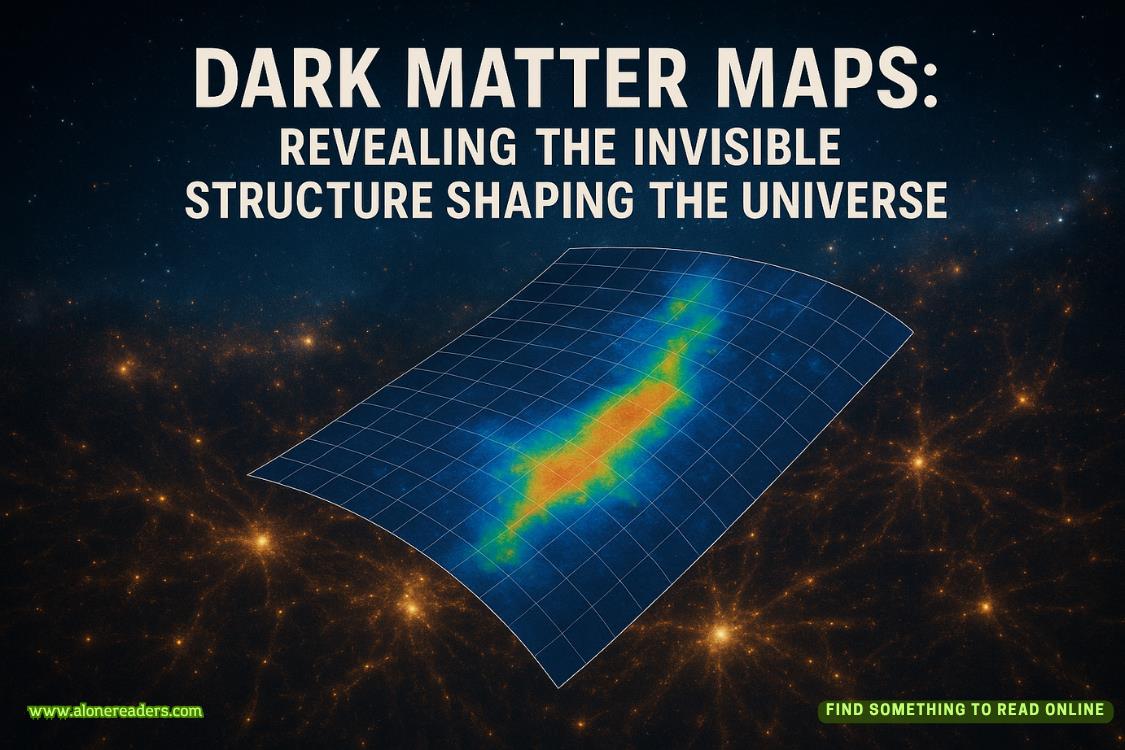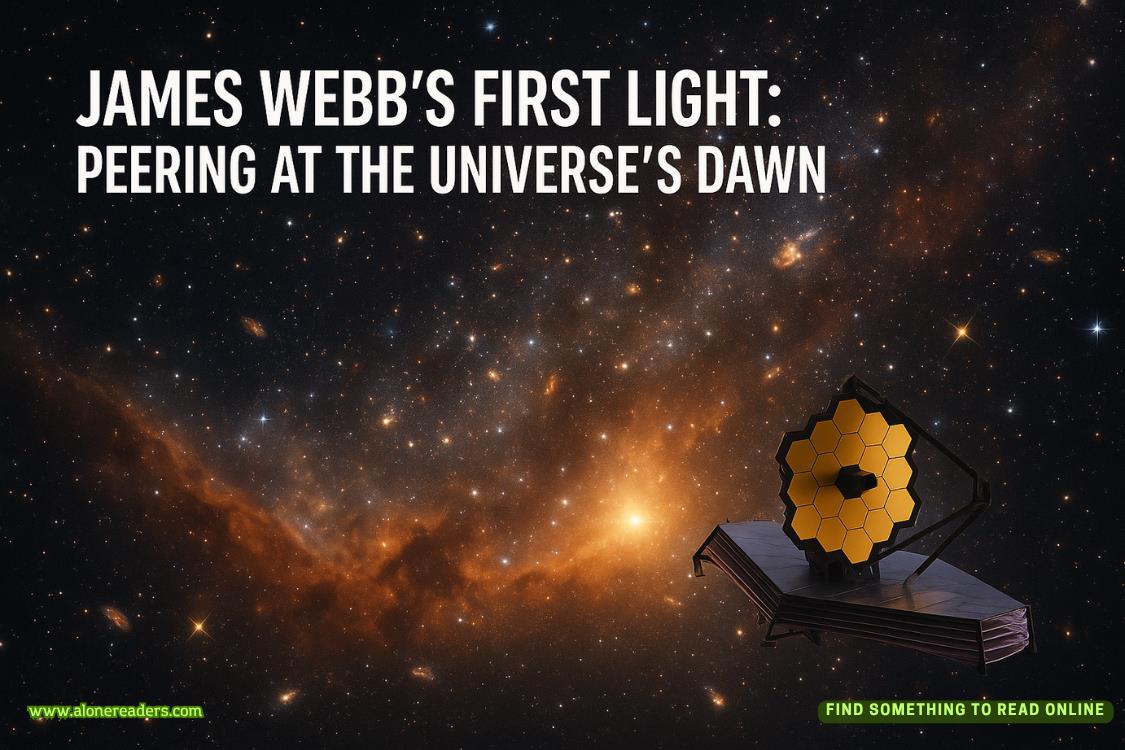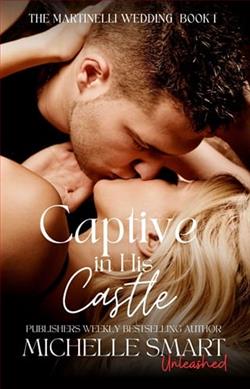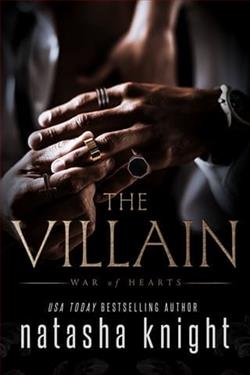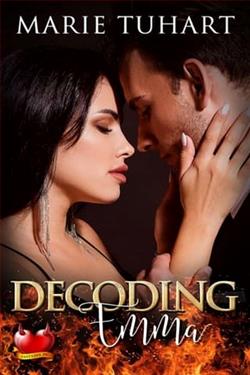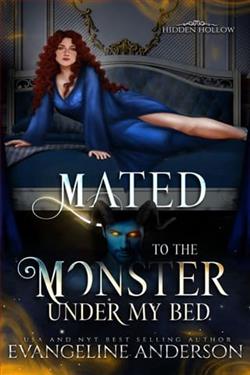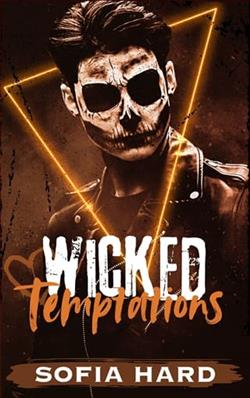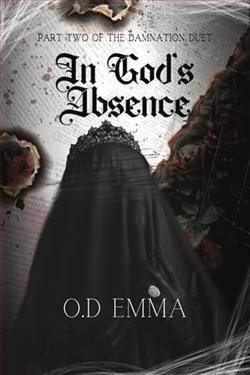Page 197 of A Winding Wave of Magic
“Indeed it is. On most of the stones that bear it,” Rachel agreed. “But have you ever seen it written like this?”
She used a stylus to point to a few of the more legible markings on the parchment. Every one of us shook our heads. Outside, the wind whistled.
“We don’t precisely know how Goedelic evolved from other proto-languages, do we, my polyglottic magicians?” she asked sweetly.
Jonathan and Robbie glanced at each other.
“We do not,” Jonathan said. “There are theories, but?—”
She turned back to me, her back serving as an interruption. I liked Rachel, but I was starting to see that her supernatural charisma was balanced by an equally mercurial disposition. “Do you know the words for seer in Old Irish, Cassandra?”
I tipped my head. “There are a few.”
She gestured, a silent request to continue.
“Offhand, I’d guess thefáithas the prophet, maybebanfasaorbansagartfor a wise woman or a telepath. A bard is a type of poet—I would guessfilíorbanfilí.”
Rachel nodded. “Good. And do you know what the word for poet is in Ogham? It’s very different from any of those terms.”
I frowned. “No, I don’t.” I hadn’t actually spent much time studying Ogham beyond a brief seminar.
“It’svelitas,” Rachel informed me. “It literally means ‘one who sees.’ Which, I don’t have to tell you, sounds an awful lot likeveritas—Latin for truth. But also like theVeleda, the Germanic seeress who helped her tribe throw off the Romans in the first century.”
I frowned. “Sounds like the anti-Roman connection Carney suggested is stronger than people think, then.”
“Perhaps. My point is that language is much more fluid than anyone wants to think.” She held a palm over the parchment and closed her eyes. “I’d have to do a radiometric analysis, but this feels similar to some of the early Iron Age artifacts we’ve found on this very dig, in fact.”
“That’s impossible,” I said. “Parchment as a technology didn’t develop until approximately the eighth century BC, and even then, it wasn’t widely used for another several centuries. It’s highly unlikely it would have made it all the way here.”
Rachel nodded. “Unlikely doesn’t eliminate the possibility. But it would make this shabby bit of skin some of the oldest parchment in the world if I’m right.”
All of us gawked at the worn, hand-sized artifact.
“The eighth century BC is a very important time in prehistoric Europe,” she continued. “Especially in the British Isles. Now, everyone wants to go on about the movement from bronze to iron. But consider this: Ancient Greek takes its first written form—that we know of—in the eighth century. Latin coalesces similarly, and we see the first written example within a hundred years. Who here knows what preceded Ancient Greek writing?” She grinned at all of us like she was teaching a class.
Jonathan rolled his eyes. “I assume you’re talking about Linear B.”
“Bingo!” She laughed, a delightful sound like the wind itself was singing to us. “Now look here. This Inscription looks a lot likevelitasin Ogham. But look at that curled bit. And the square here. And this squiggly line. I have to wonder if the magic is playing tricks on me because that phrase looks more like Linear B than Ogham. While I’m not a proto-Greek scholar, my darlings, I believe that would translate to something in the realm of?—”
“A-ne-mo,” Jonathan spoke up. “‘Priestess.’”
The word seemed to hum through the air, like the noise after a gong had been rung.
“That’s right,” Rachel said. “A word often used for fae in that time.”
“Rachel,” Jonathan said. “How do you know? We can’t decipher this based on a hunch.”
The siren rolled her bright eyes. “You sorcerers’ disdain for any magic that appears less than empirical aside, it’s not a hunch, siren’s or otherwise. Just plain scholarship, I’m afraid. You spend twenty years pouring over ancient texts like this oneand tell me if you don’t know the difference between Greek forms and Celtic signs.” Dr. Cardy hovered an elegant finger over one bit. “See that tail there? It’s been scratched out, but you never see that in Ogham. There’s another. Oneused to be there too, I suspect. And at the end, there are several drawings that look like converted glyphs. To a plain eye or an uneducated one, it might have passed as Ogham. But even a cursory review says otherwise.”
I sat back on a stool. “Linear B? Mixed with proto-Irish? This seems…impossible.”
Dr. Cardy took off her glasses and looked up at me warmly. “Does it?”
“Yes,” I said immediately. “Setting aside this rather brilliant impromptu textual analysis, this is parchment. As you said, animal skin wasn’t used as a writing tool until the eighth century at theveryearliest, but Linear B was a Bronze Age language. It ended with the fall of Mycenae in 1200.” I shook my head. “There’s no reason anyone would be writing in Linear B five hundred years after its last known use—if this is even that old—if they wanted anyone to understand it.”
Jonathan chuffed.
I frowned. “What?”

